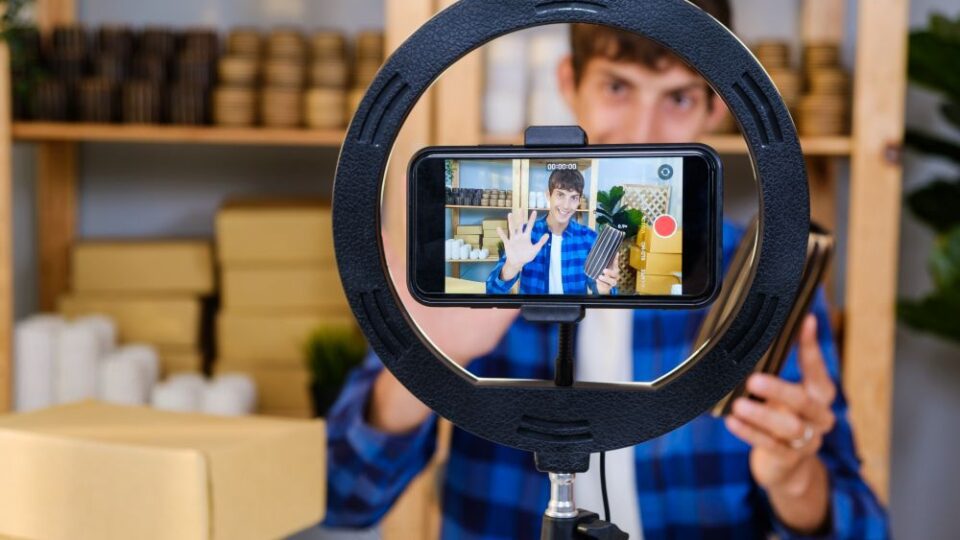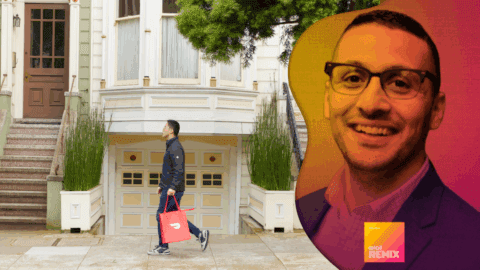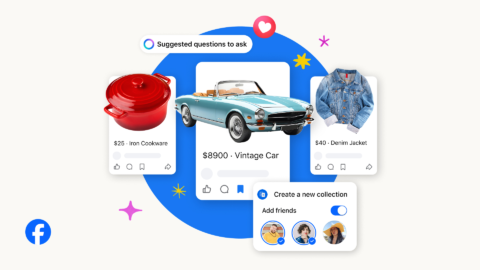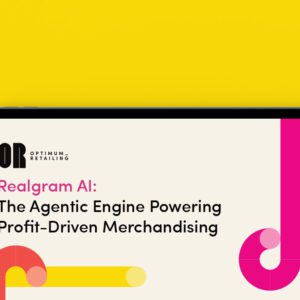While some economies are in flux, the creator economy is going strong — specifically, spending on influencer marketing in the U.S. is projected to hit $10 billion in 2025, and it’s estimated to reach $14 billion by 2027, according to Emarketer. With consumers increasingly turning to social media to find inspiration, influencer marketing is shifting away from simply getting products into celebrities’ hands and instead focusing on authenticity — a shift driven by the 70% of consumers who value honesty and transparency when it comes to an influencer’s relationship to a brand.
As retailers and brands look for lifestyle experts with grassroots followings, they’re prioritizing community advocates that connect with their audiences. In some cases, notably at Dick’s Sporting Goods and Ulta Beauty, some of those advocates are already on the retailer’s payroll, combining their product knowledge with enthusiasm for creating content.
The Factors Behind the Shift to Authenticity
The socioeconomic instability of the past few years created a distrust of glossy celebrities who were paid to hawk a product they’d clearly never use – i.e., no multimillionaire achieved their blindingly white smile solely from a blue light mouthpiece. Overt advertisements – such as claiming a pill, rather than layers of extensions, gave the Kardashians their thick hair – that are transparently pay-to-play are quickly scrolled past in favor of real user-generated content, not overly polished or branded posts.
Consumers have increasingly sought out authentic content creators who actually knew about the item they were promoting and already had footholds in their niche communities. And alongside this shift in trust, social platforms themselves were making it easier for smaller creators to monetize their content and followings.
Max Willens, a Senior Analyst at Emarketer, explained in an interview with Retail TouchPoints that when TikTok took off several years ago, creators amassed gigantic followings in what felt like the blink of an eye, which caused advertisers to obsess over working with people who suddenly had follower counts in the tens and hundreds of millions.
But then the algorithm changed. Willens explained that over the past couple of years, platforms have shifted their formulas to engage consumers in content created by people they don’t follow, while also making the creator economy more accessible to those with smaller followings. Specifically, he pointed to TikTok dropping the follower count needed for creators to start gaining commissions.
“Today’s creator economy is all about authenticity and first-person storytelling,” said Mark Rooks, VP of Creative, Sponsorship, and Entertainment at Dick’s Sporting Goods in an interview with Retail TouchPoints. “What was once centered on follower count and reach has now moved towards meaningful engagement and genuine connection with one’s online community.”
Forging Partnerships with Relatable Content Creators
The changes in consumer preferences and social media algorithms “rebalanced the scale and renewed the focus on micro, or nano, influencers,” Willens said. These creators are unlikely to be household names; instead, they are highly passionate individuals who are knowledgeable about a specific niche or interest.
“The best creator partnerships are the ones where there’s genuine enthusiasm for the product,” said Willens. “Those partnerships can drive results up and down the marketing funnel in a way that not a lot of other media partners can do comparably. And to do that in a time when younger consumers are spending tons of their time online, it’s easy to see why CMOs have gotten obsessed with figuring out how to execute creator partnerships, because the potential upside is enormous.”
While Willens admitted that those perfect partnerships aren’t easy to find, manufacture and scale, the potential power and reach that microinfluencers wield is invaluable. And for many retailers, the search starts in-house to find the best community advocates who already have footholds in their respective spaces.
Elevating Employees into Trusted Brand Advocates
“There’s an interesting trend from the retailer side where they’re taking their in-house talent and turning them into influencers, which is shrewd,” said Willens. “If you can build the expertise and infrastructure needed to coach them up on the content creation component, then it’s a valuable, strategic pursuit.”
Take Ulta and its Ulta Beauties, for example. With a workforce full of glamorous skincare, hair care, and makeup enthusiasts who already make social media content, the company is elevating those voices to promote products and the business overall.
Dick’s Sporting Goods also is capitalizing on the power of its internal advocates by turning its employees into nano-influencers. The sporting goods retailer introduced its Varsity Team in 2023 as an internal program for its employees, but the popularity of the program expanded into a creator economy that invited sports- and social media-obsessed consumers to apply.
“With the Dick’s Varsity Team, we are looking to find those who sit at that intersection of athlete and content creator,” said Rooks. “By doing so, we can stay true to the Dick’s brand while also tapping into the growing consumer demand for authentic, first-person content. We’re committed to connecting with creators who inspire their communities through sports and storytelling, while staying ahead of trends and embracing the power of user-generated content alongside our branded campaigns.”
Setting Influencers up for Success
One of the snags of influencer marketing is determining its success: With most creator campaigns existing outside the company itself, businesses lose the ability to easily track concrete metrics such as click-through rates or to conduct A/B tests. But by its nature, influencer marketing requires a mix of direct and indirect interactions to determine its success.
Boardrooms, obviously, want numbers to determine the success of efforts, so brands are focusing on collaborating with their influencer partners to equip them with the resources needed to execute successful campaigns. For Dick’s, this means ensuring its influencer program sets itself apart from others in the industry by offering its creators more than just a brand partnership.
“The Dick’s Varsity Team is about empowering passionate creators with the tools, mentorship and paid opportunities they need to turn their passion for sports and storytelling into something bigger,” explained Rooks. “We want the impact, learnings and mentorship of the program to really help the creators develop.”
From a measurement and success standpoint, Rooks noted that Dick’s is focused on how its Varsity Team drives positive conversations and connects authentically with its followers. Currently, the Varsity Team is “exceeding expectations,” as it helped create more than 2,500 pieces of social content, generated more than 40 million impressions, and was featured in more than 20 campaigns for both Dick’s and national brands like Adidas, New Balance, On and Hoka.
How AI Will (or Won’t) Impact Influencer Partnerships
In an article focused on the power of authenticity, bringing AI into the conversation might seem antithetical. But the truth is that around 80% of influencers use AI to augment some part of their workflows, which naturally bleeds over into their content creation: 29% of TikTok creators admit that they regularly use AI. However, in the influencer space, AI isn’t used to create completely artificial experiences or computer-generated avatars; instead, savvy creators are tapping into the technology’s ability to spark creative ideation and provide insights into how to scale content and campaigns.
“Creators lean on generative AI chatbots to inspire content and conduct research, while brands use it to identify and vet potential creator partners for brands,” said Willens. “Generative AI has made it easier for brands to pursue a strategy that’s focused on lots of smaller creators versus one or two highly sought-after, probably quite expensive, more temperamental creators.”
Willens continued that there is “a ton” of experimentation in and around the creator economy regarding AI, with companies incorporating AI into everything from customer-facing chatbots that engage with fan comments to helping creators refine content strategies. As with most current applications of AI, it’s being used to augment campaigns, not create and power them.













